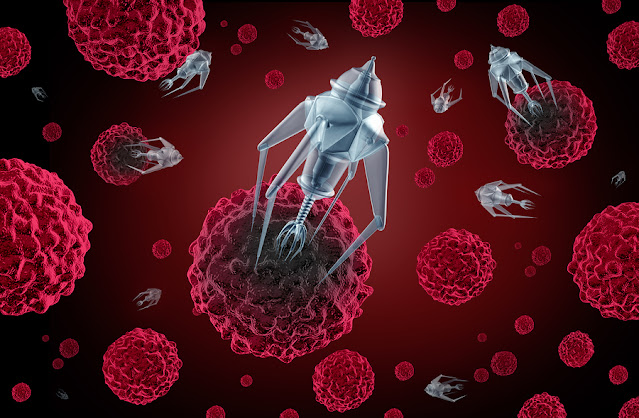Ensuring Safe Medical Waste Disposal Practices: Medical Waste Management

Medical Waste Disposal Practices
Hospitals and healthcare facilities generate large
amounts of waste every day. From used syringes and needles to soiled dressings
and expired medicines, medical waste needs to be handled properly to prevent the
spread of infections and protect public health. With growing medical needs,
medical waste generation is also on the rise. Proper waste management practices
help enforce safety standards and environmental regulations.
Regulatory Framework for Medical Waste
To streamline medical waste disposal, countries have established specific
regulatory guidelines. In the US, medical waste is regulated under the Federal
Medical Waste Tracking Act of 1988. It categorizes waste and outlines treatment
and disposal methods. Similarly, in Europe, the European Waste Catalogue and
Hazardous Waste Directive provide the framework. In India, the Bio-Medical
Waste Management Rules lay down
rules for handling, treatment and disposal of healthcare waste. Proper
segregation and labeling as per categories is mandated at the source. Regular
audits and compliance checks ensure standards are followed.
Segregation of Medical Waste
Correct segregation of waste is the first and crucial step. As per regulations,
medical waste is mainly divided into general, infectious and hazardous
categories. At healthcare facilities, separate color-coded bins help segregate
waste at source into these categories. General waste includes food wastes and
other non-risk materials. Infectious wastes like body fluids, human tissues
need to be contained safely. Sharps like needles, syringes go into
puncture-proof containers. Chemical or pharmaceutical wastes are hazardous and
require special containment and treatment. This initial segregation streamlines
subsequent waste handling.
Treatment and Disposal Options
Once segregated, waste needs appropriate pre-treatment or treatment. General
waste can often be sent directly for disposal. Infectious wastes containing
pathogens require sterilization to eliminate the risk of disease transmission.
Autoclaving is a preferred option for liquid and heat-stable waste. For mixed
materials, incineration at the minimum temperature of 800–1000°C is
recommended. Some newer non-incineration technologies like microwave, chemical
and radiation are also available. After treatment, the waste becomes
unrecognizable and can be disposed safely as non-hazardous landfill material.
Sharps are either incinerated or sent for deep burial.
Role of Waste Handlers
Designated waste handlers play a key role in ensuring standards. From logistic
support to on-site waste collection and transportation to off-site treatment
facilities, their safe handling practices are critical. Training handlers to
follow safety protocols like personal protection equipment, spill management
and inoculation safety is a must. Regular health check-ups also help address
infection risks for handlers. Using suitable waste transportation vehicles as
per load type and authorized treatment facilities with requisite permits and
infrastructure further strengthen compliance. Overall, human factors have a
large influence in maintaining the waste management cycle.
Challenges and the Way Forward
While principles of medical waste management are well-established globally,
gaps remain in implementation, especially in developing nations. Inadequate
segregation, open dumping and scavenging continue to expose communities to
health hazards. Lack of local treatment facilities and costs involved also lead
to improper disposal at times. With medical tourism and globalization, waste
transportation across borders brings additional challenges. Key steps like
audits, monitoring, social awareness and stakeholder engagement can help plug
gaps. New alternate technologies suited to local conditions may further
encourage compliant waste disposal. Overall, a collaborative effort is needed
across healthcare providers, regulatory agencies and waste handlers to
institutionalize responsible management of medical waste.
with the ongoing healthcare revolution, managing the rise in
medical wastegeneration needs coordinated attention. Strict adherence to
regulatory categorized standards from source segregation to treatment and final
disposal can effectively address both infection control and environmental
concerns. Continuous capacity building, monitoring and review also help
strengthen and evolve practices. A systematic, safe and sustainable approach to
medical waste management ensures public health protection.
Explore More Related Article on - Gene Therapy Market
Discover the Report for More Insights, Tailored to Your Language.
Ravina Pandya, Content Writer, has a strong foothold
in the market research industry. She specializes in writing well-researched
articles from different industries, including food and beverages, information
and technology, healthcare, chemical and materials, etc. (https://www.linkedin.com/in/ravina-pandya-1a3984191)



Comments
Post a Comment